Over Memorial Day weekend, we learned about two key subpoenas that were issued relating to efforts by the Trump White House to overturn the November 2020 presidential election.
While that might not sound like big news given how many subpoenas we have heard about (and how many have been ignored by defiant allies of the former president), these two are worth a closer look because they aren’t from the January 6 Committee—they’re from grand juries.
Subpoena to Peter Navarro
On May 26, two FBI special agents arrived at the home of former White House aide to Donald Trump, Peter Navarro, and banged on his front door in the early morning hours. They served with him a subpoena, not from the January 6 Committee, which had already called him in to testify in a subpoena he later defied, but from Matthew Graves, the U.S. Attorney for Washington, D.C.
The subpoena asks Navarro to produce any documents he has related to the attack on the Capitol last January.
It also asks for any documents that would shed light on his refusal to testify to congressional investigators in February, as well as any contacts or communications with the former president or his attorneys related to January 6.
Finally, and tellingly, it also demands Navarro appear before a federal grand jury on Thursday, June 2.
We happen to know all this because two reporters from Politico spotted it in a draft lawsuit Navarro circulated on Monday, in which he attempting to appear pro se—meaning, representing himself—in a proposed civil action against Nancy Pelosi and others to declare the January 6 Committee improperly constituted and his testimony protected by executive privilege.
The suit itself has little chance of success; the judge already told him he needs to fix big procedural issues in it and refile an amended complaint mid-June, the Court of Appeals for the D.C. Circuit has already ruled against Trump on the question of executive privilege that Navarro claims shields him from testifying, and the U.S. Supreme Court upheld that decision in January.
The Navarro subpoena is the first known to issue to a former Trump White House official in connection with the investigation by the Justice Department into January 6. Prior to this, the only subpoenas issued to such officials came from the January 6 Committee itself.
The subpoena follows one from the federal grand jury to right-wing agitator Ali Alexander, who helped organize “Stop the Steal” rallies around the country and claims to have been in close contact with key GOP lawmakers about the rallies at the ellipse and the Capitol on January 6. Alexander has been cooperating with the grand jury and the January 6 Committee.
The Navarro subpoena also builds on others recently issued from the grand jury probing the role that “alternate electors” played in the scheme to overturn the election and seeking information about several Trump lawyers, including John Eastman, Rudy Giuliani, Jenna Ellis and Kenneth Chesebro, all of whom wrote memos in favor of using the electors to thwart the official results.
That the grand jury has now reached into Trump’s inner circle of advisors and demanded Navarro personally produce documents and appear to testify is a significant escalation. Navarro is already in some pretty hot water, as he was recently indicted on two counts of criminal contempt of Congress by a grand jury for his initial failure to appear before the January 6 Committee.
But he is also someone who was deeply embroiled in the former administration’s efforts to remain in power despite the clear and resounding results of the presidential election. Navarro created a report, which Trump widely praised, that was filled with untruths and that doubled down on the Big Lie.
According to findings by the January 6 Committee, Navarro participated in a Jan. 2, 2021 call with Trump and his lawyers, just days before the insurrection, in which they attempted to persuade hundreds of state lawmakers to join the effort—a call that could form a key part of any conspiracy charge relating to the “soft coup” attempt.
Navarro also worked with indicted Trump advisor Steve Bannon to create something called the “Green Bay Sweep” in which GOP lawmakers would object to the results of the election on January 6 itself. Justice Department prosecutors now want to get this all on record with Navarro under oath.
Subpoena to Brad Raffensperger
A separate but important subpoena was issued by the Fulton County grand jury that was recently specially empaneled to investigate election fraud, conspiracy and possible racketeering by the Trump White House in the state of Georgia.
One of the key witnesses to efforts by the former administration to illegally overturn the result of the Georgia presidential election is Brad Raffensperger, the current secretary of state.
Raffensperger has long been on the list of officials whom District Attorney Fani Willis wishes to question under oath, given the infamous phone call Trump made to him on January 2, 2021 in which he asked to “find” 11,780 votes—just one more than they needed to flip Georgia. Willis had pledged to hold off on such a move until after the primaries were concluded so as not to give the appearance of political motive.
As soon as Raffensperger defeated his Trump-backed challenger Jody Hice, however, he was free to be called in to testify, and Willis wasted little time. Like Navarro in D.C., Raffensberger is scheduled to appear on Thursday before a grand jury.
The move appears to have rattled the former president, who blasted Willis as a “young, ambitious, Radical Left ‘Prosecutor’ from Georgia who is presiding over one of the most Crime Ridden and Corrupt places in the USA.” Trump called his phone call “PERFECT” and claims now to have assumed it was being taped.
But the call itself appears to be only one part, albeit an important one, of a larger scheme to commit electoral fraud in the state. The grand jury is also probing other acts by Trump officials, including “hearings” in which Rudy Giuliani pressed and repeated demonstrably false election conspiracies to Georgia lawmakers.
According to reporting by the Atlanta Journal-Constitution, the investigators also filed separate subpoenas to bring in five of Raffensperger’s top aides, including Deputy Secretary of State Gabe Sterling, during the week of June 6 and at least one state senator later in June.
Sterling is well known for his adamant defense of the integrity of the November 2020 election in Georgia, despite repeated false claims of fraud by Trump allies in Washington and Georgia. The New York Times reports that the grand jury expects to subpoena as many as 50 witnesses over the coming weeks, and that there is extra security due to threats directed at Willis’ staff at her office.
Willis has even had staffers on the case outfitted with bulletproof vests.
Will the subpoenas prove more effective than what we’ve seen so far?
Most likely.
Subpoenas from the courts carry far more weight and are far more difficult to oppose than ones from a congressional committee, which must rely upon the Justice Department to move to enforce them. A refusal to appear after a grand jury has called you to testify can land you in jail for contempt of court far faster.
But that doesn’t mean there won’t be legal challenges. One of the subpoenas in Fulton County, for example, seeks documents and testimony from a news reporter who was covering the Giuliani hearing, and that might overstep the reporter’s journalistic rights to keep sources and information confidential.
State officials, especially those who might be concerned about conspiracy charges, might refuse to testify until a court actually orders them to do so. Willis is hopeful that in a perfect world the grand jury could complete its work in 90 days, but she understands that she lives in an imperfect one.
For Navarro’s part, in response to the subpoena to appear, he plans in his suit to claim that the grand jury subpoena is the “poisonous fruit” of an improperly constituted January 6 Committee.
That argument isn’t likely to go anywhere, however.
Asked directly if he planned to comply and appear on Thursday to testify, Navarro responded, “T.B.D”—and a day later, he was arrested for contempt of Congress charges.

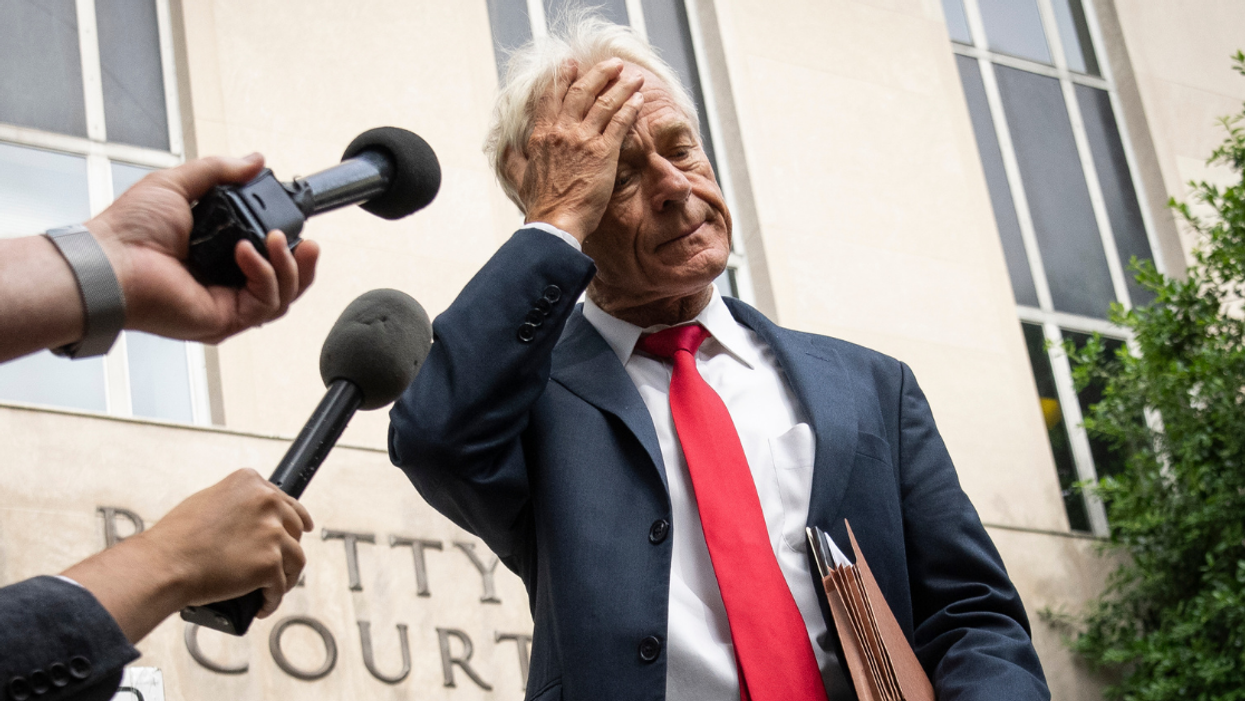
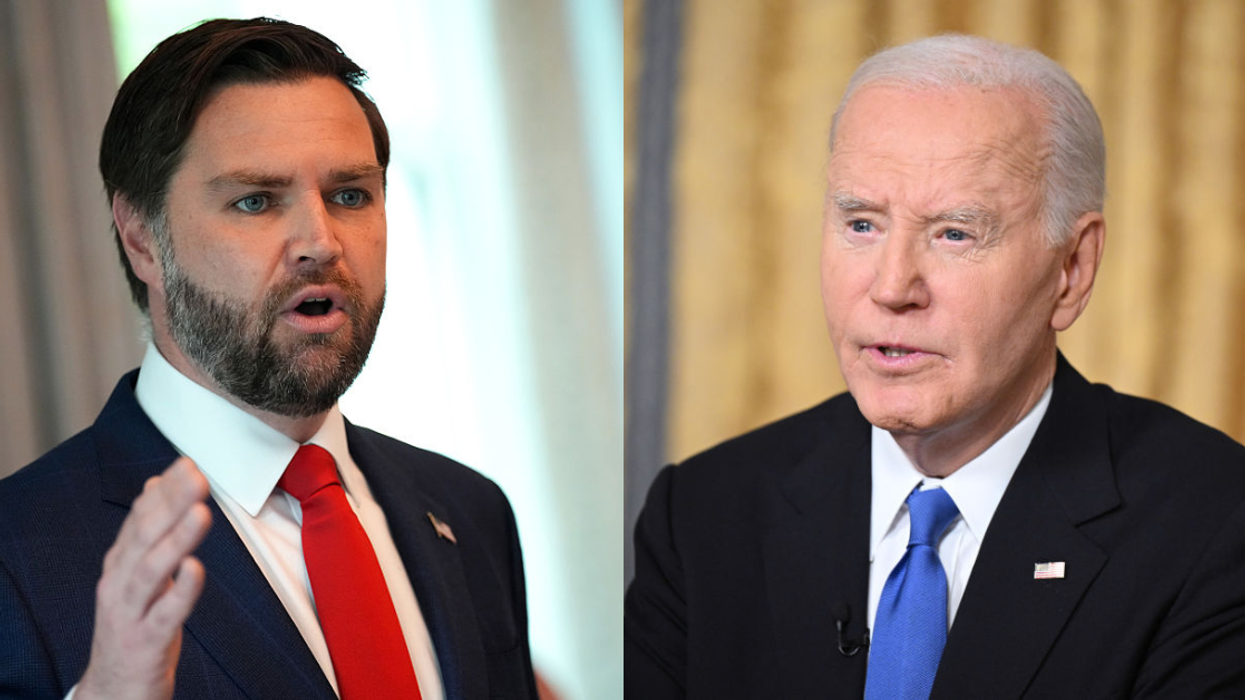




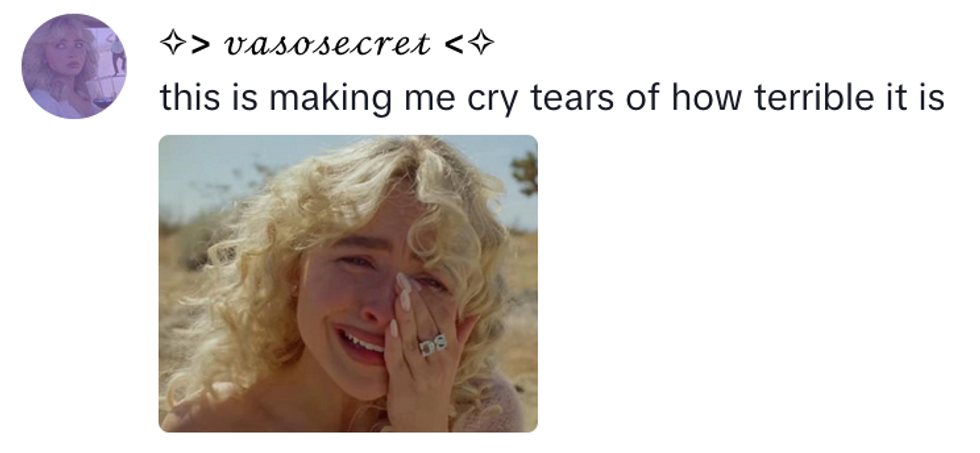 vasosecret/TikTok
vasosecret/TikTok
 dontlookatmedoll156/TikTok
dontlookatmedoll156/TikTok alyssa.b345/TikTok
alyssa.b345/TikTok EllieBelly/TikTok
EllieBelly/TikTok Shelby Daniel/TikTok
Shelby Daniel/TikTok J/TikTok
J/TikTok indigo1009/TikTok
indigo1009/TikTok Kam/TikTok
Kam/TikTok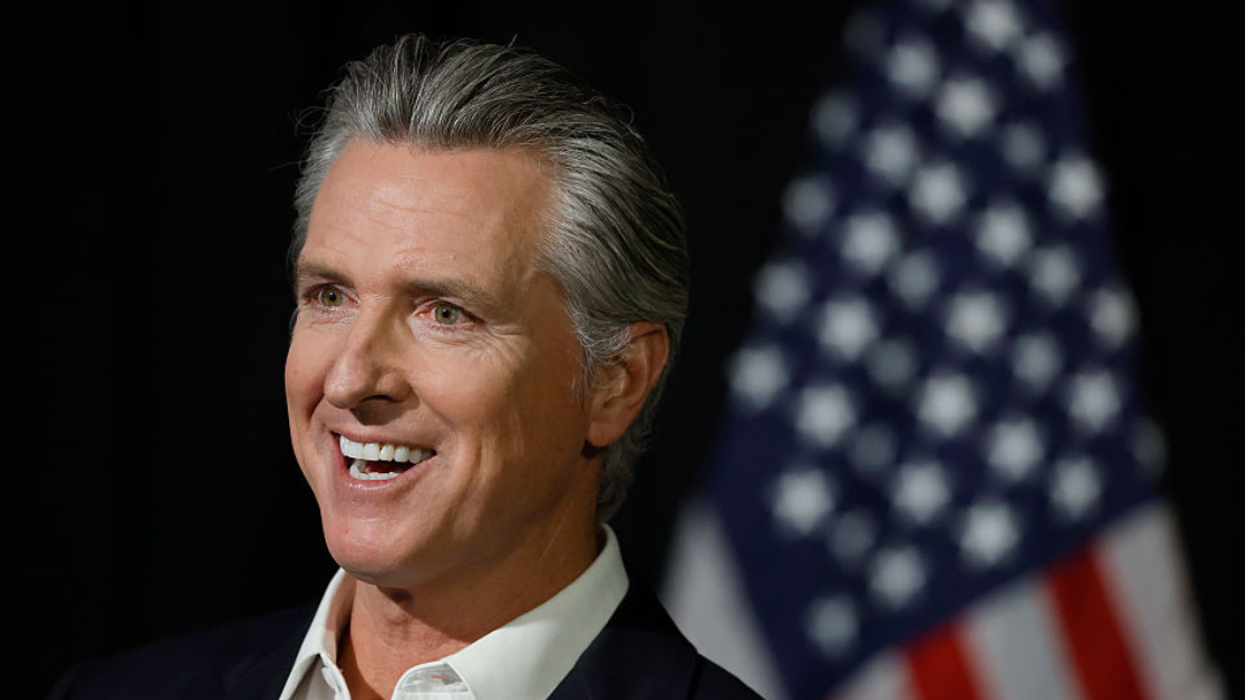

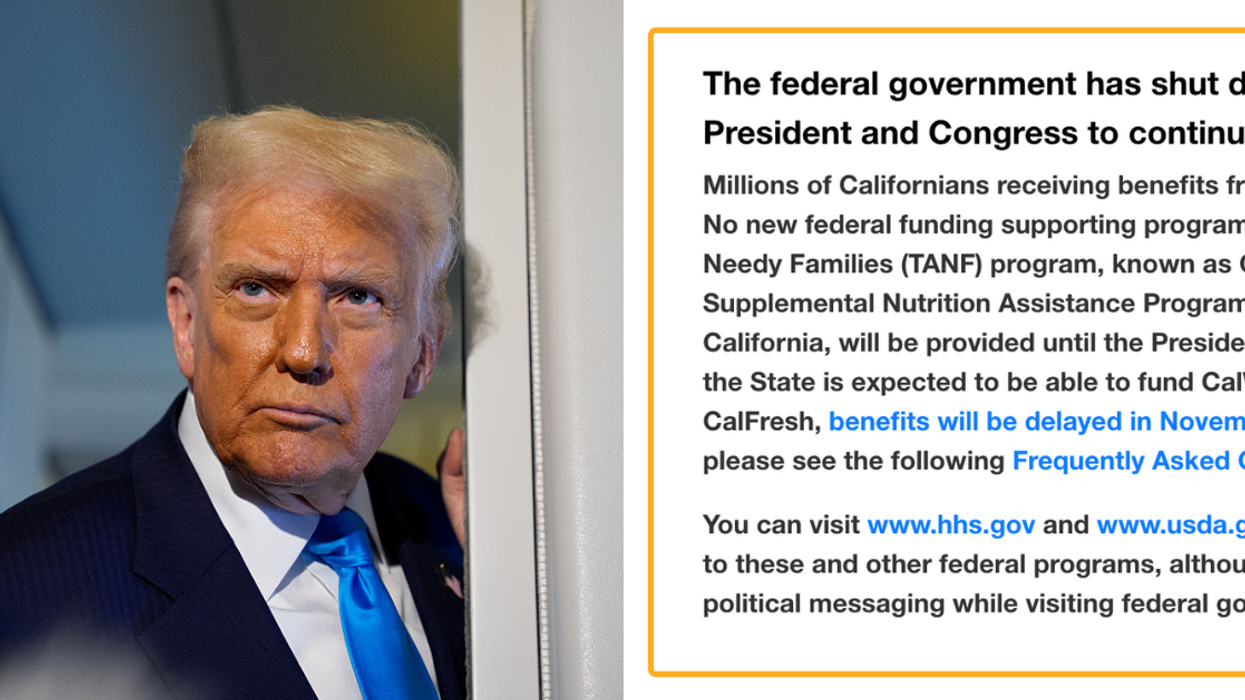
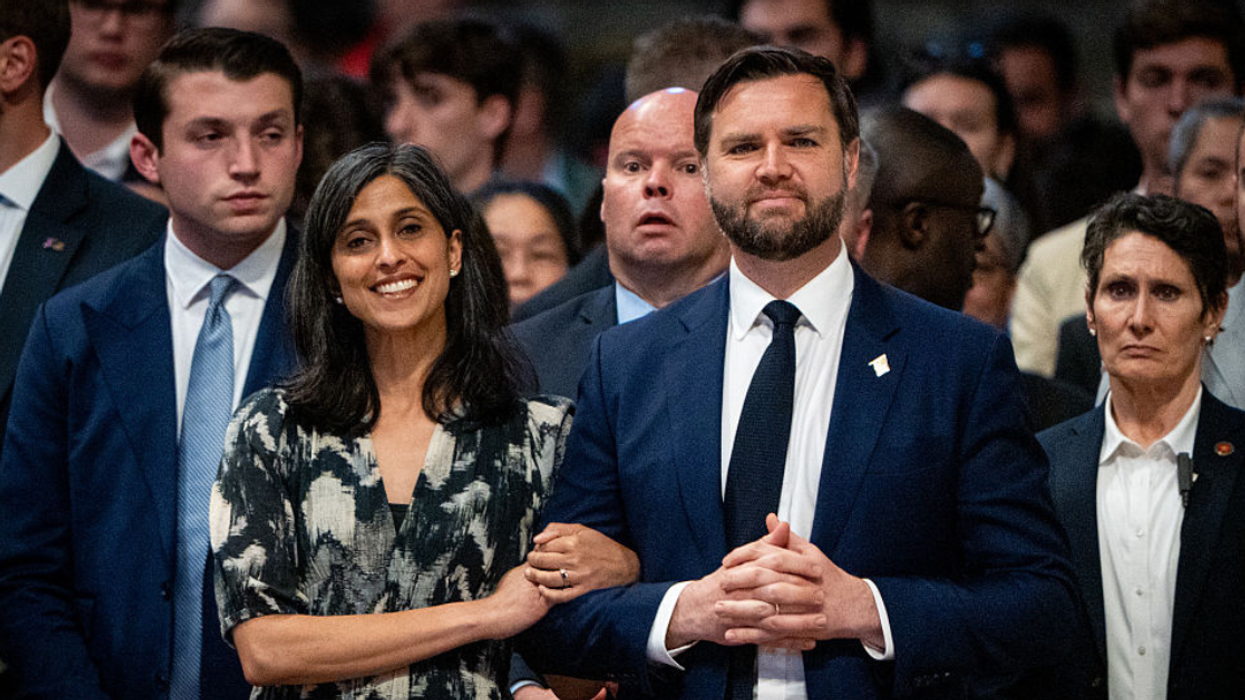
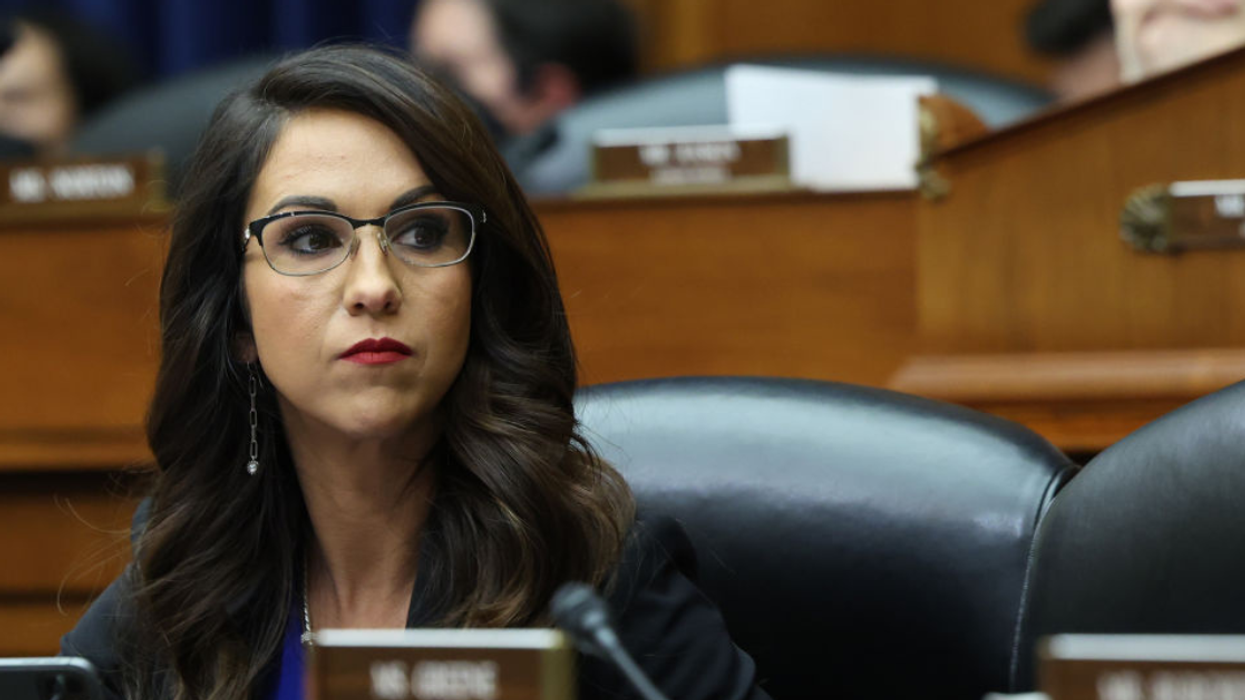
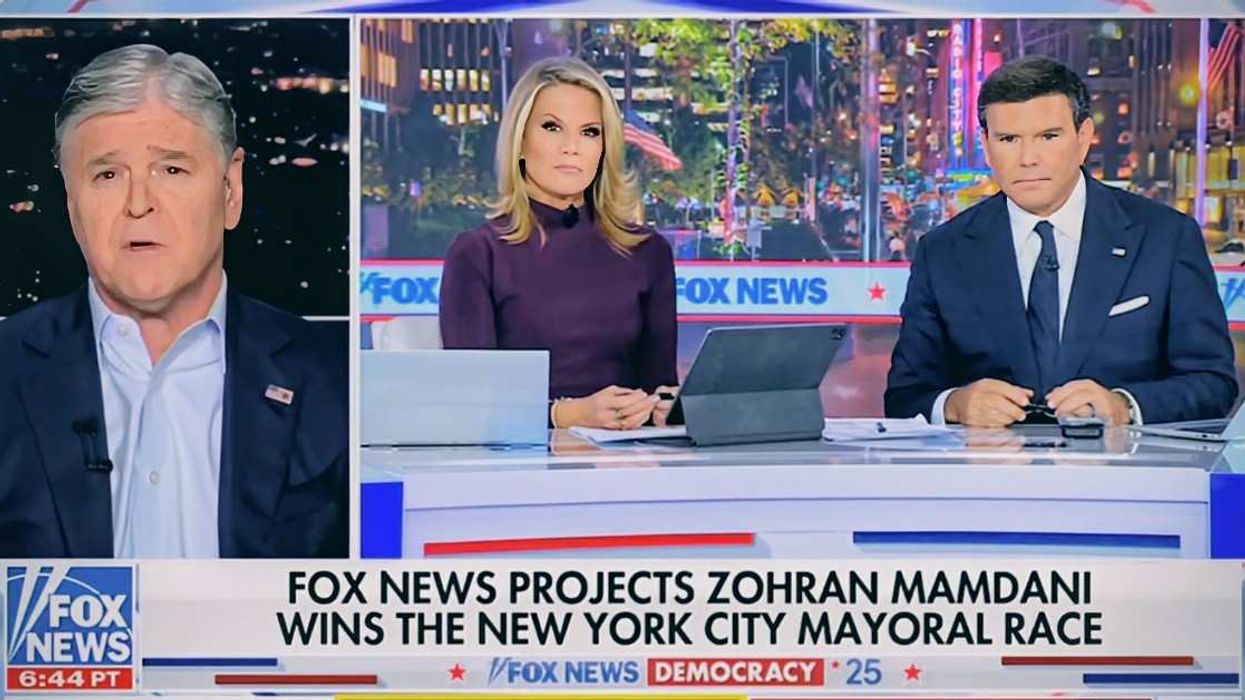
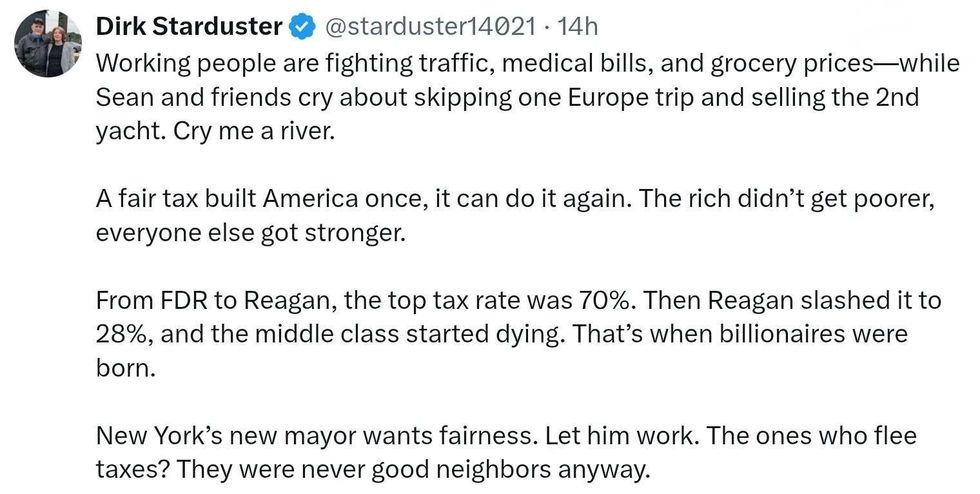 @starduster14021/X
@starduster14021/X r/TheMajorityReport/Reddit
r/TheMajorityReport/Reddit r/TheMajorityReport/Reddit
r/TheMajorityReport/Reddit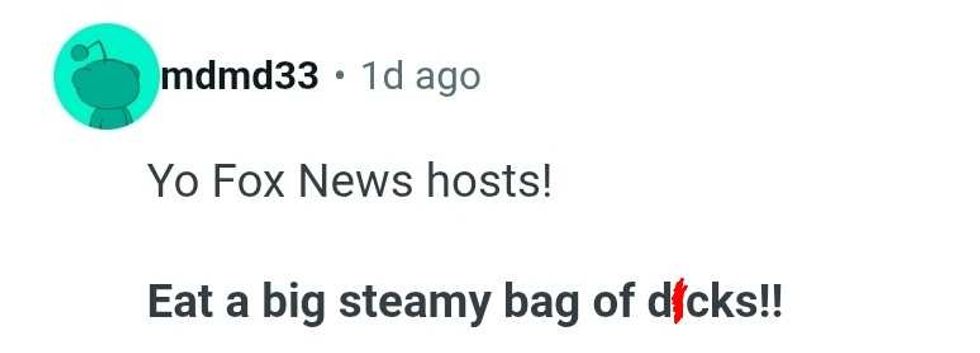 r/TheMajorityReport/Reddit
r/TheMajorityReport/Reddit r/TheMajorityReport/Reddit
r/TheMajorityReport/Reddit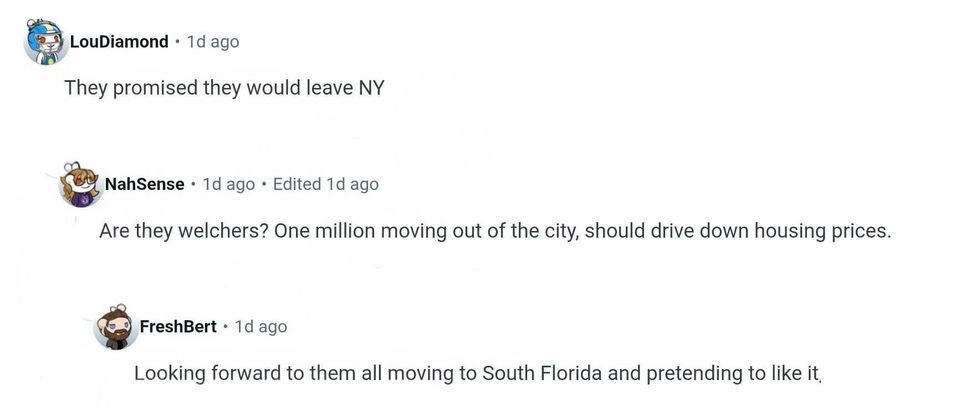 r/TheMajorityReport/Reddit
r/TheMajorityReport/Reddit r/TheMajorityReport/Reddit
r/TheMajorityReport/Reddit @sciencexspirit/Bluesky
@sciencexspirit/Bluesky
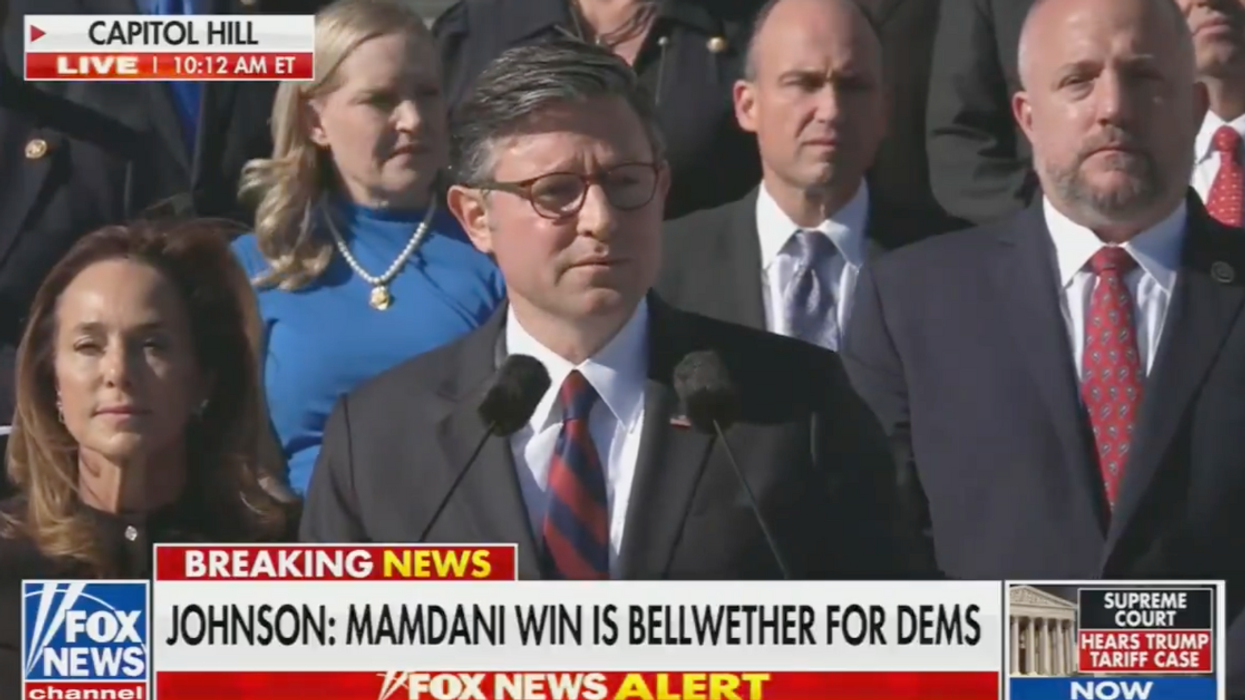

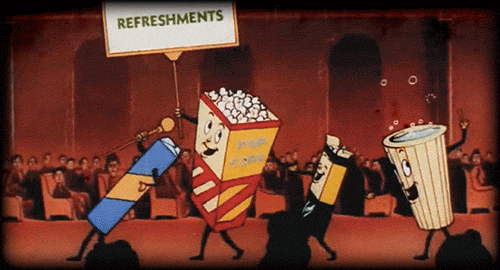 90s popcorn GIF
90s popcorn GIF 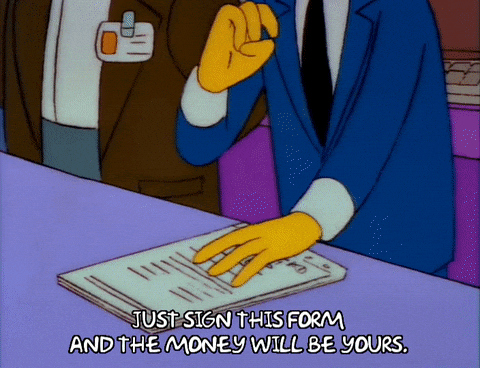 signing season 3 GIF
signing season 3 GIF  home alone pepsi GIF
home alone pepsi GIF 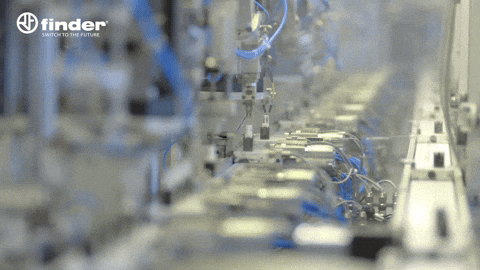 Machine Production GIF by Finder Relais Nederland
Machine Production GIF by Finder Relais Nederland  No No No GIF
No No No GIF